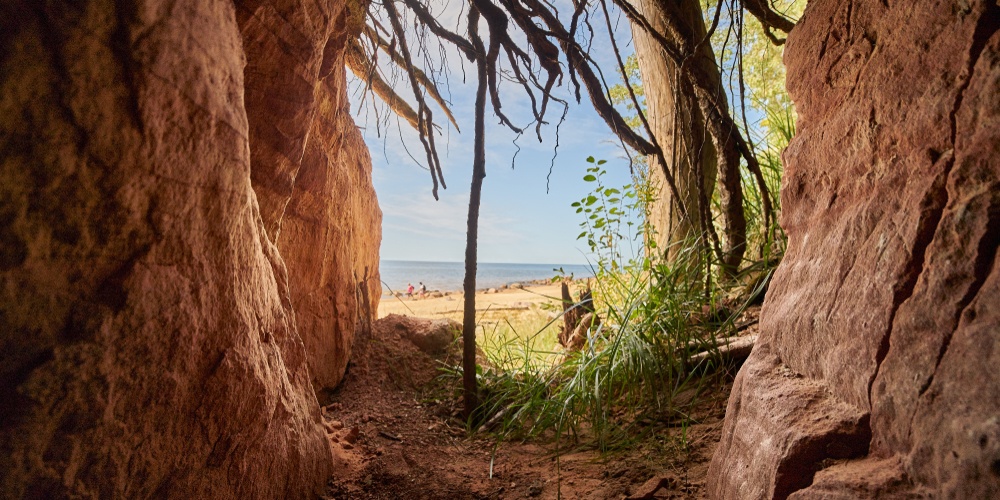
It is hard to imagine two people who had a greater influence on the development of Judaism during the dark period of Roman persecution than Rabbi Akiva and one of his most prominent pupils, Rav Shimon bar Yochai. It is even harder to imagine two people more dedicated to learning Torah. Akiva, an ignoramus until the age of forty, became “Rabbi Akiva” by dedicating 24 years—with the encouragement of his wife—to learning and teaching the future leaders of the Jewish people. No interruptions were tolerated, not even to visit his devoted wife. This phenomenal, almost incomprehensible, dedication was emulated by his student, Rav Shimon bar Yochai. Together with his son, he spent a total of thirteen years in a cave only learning Torah—nothing else. Their heroic efforts were met with persecution at the hands of the Romans; Rabbi Akiva died as one of the ten martyrs, and Rav Shimon fled to his cave to escape arrest by the Romans. During this extremely dark period in Jewish history, it was their leadership that kept the flame of Torah alive.
But it is here that the similarity ends. It is hard to imagine two Torah greats, teacher and student, being so different. Rabbi Akiva brought Torah to the masses. He dedicated his life to the principle of “love your neighbour as yourself”, teaching that Torah and friendship must go hand in hand; his relationship with his wife Rachel personified such love. He saw hope where others saw despair. With such a loving approach to Torah study, it is no wonder he amassed thousands and thousands of students. Yet, despite the teachings of Rabbi Akiva, his students did not fully internalize his message. They “did not practice respect for one another” and died a “mitah ra’ah”, a horrible death, during the few short weeks of the Omer (Yevamot 62b).
While Rabbi Akiva focused on the revealed aspects of Torah, Rav Shimon bar Yochai focused on its more mystical teachings. He believed that ideally a Jew should study Torah to the (almost) complete exclusion of everything else (see Brachot 35b). His approach to Torah study was (and is) only for the very select few. Instead of trying to gather students, he retreated to a cave for twelve years with only his son by his side, surviving on the carob fruit and water miraculously provided them. His fervour for Torah was such that he could not imagine that people would wish to involve themselves in mundane activities like earning a living. Therefore, a “heavenly voice” ordered him back into the cave, to spend a year ‘deprogramming’ so he could successfully integrate into the real world.
These two very different personalities are joined together on Lag Ba’Omer. Ironically, we celebrate the cessation of death of the students of Rabbi Akiva alongside the yahrzeit of Rav Shimon bar Yochai. This serves as a reminder that there are different, even contradictory, approaches to Torah. We celebrate both the revealed and the hidden aspects of Torah, reflecting differing manifestations of the Divine will. While death is tragic and defiling, on a mystical level death is as the Midrash (Breisheet Rabba 9:5) says: “tov-meod”, very good, as our soul joins with our Creator.
Lag Ba’omer reminds us that despite the continued anti-Semitism, persecution, pogroms and terrorism, despite the best efforts of the Romans and their many successors to eliminate us, we have survived and thrived. Like Rabbi Akiva, we can laugh knowing that the eternity of the Jewish people will never be broken. Like Rav Shimon bar Yochai, we can defy our enemies, creating new paradigms of Torah living.
Sometimes, even great Torah scholars may be guilty of not showing respect and honour to one another, causing untold pain and suffering. Ensuring that we do not fall into this trap is the key message of this seemingly “minor” holiday. It allows us to continue on the march to Sinai, where the entire Jewish people stood as one ready to accept the words of Torah.
